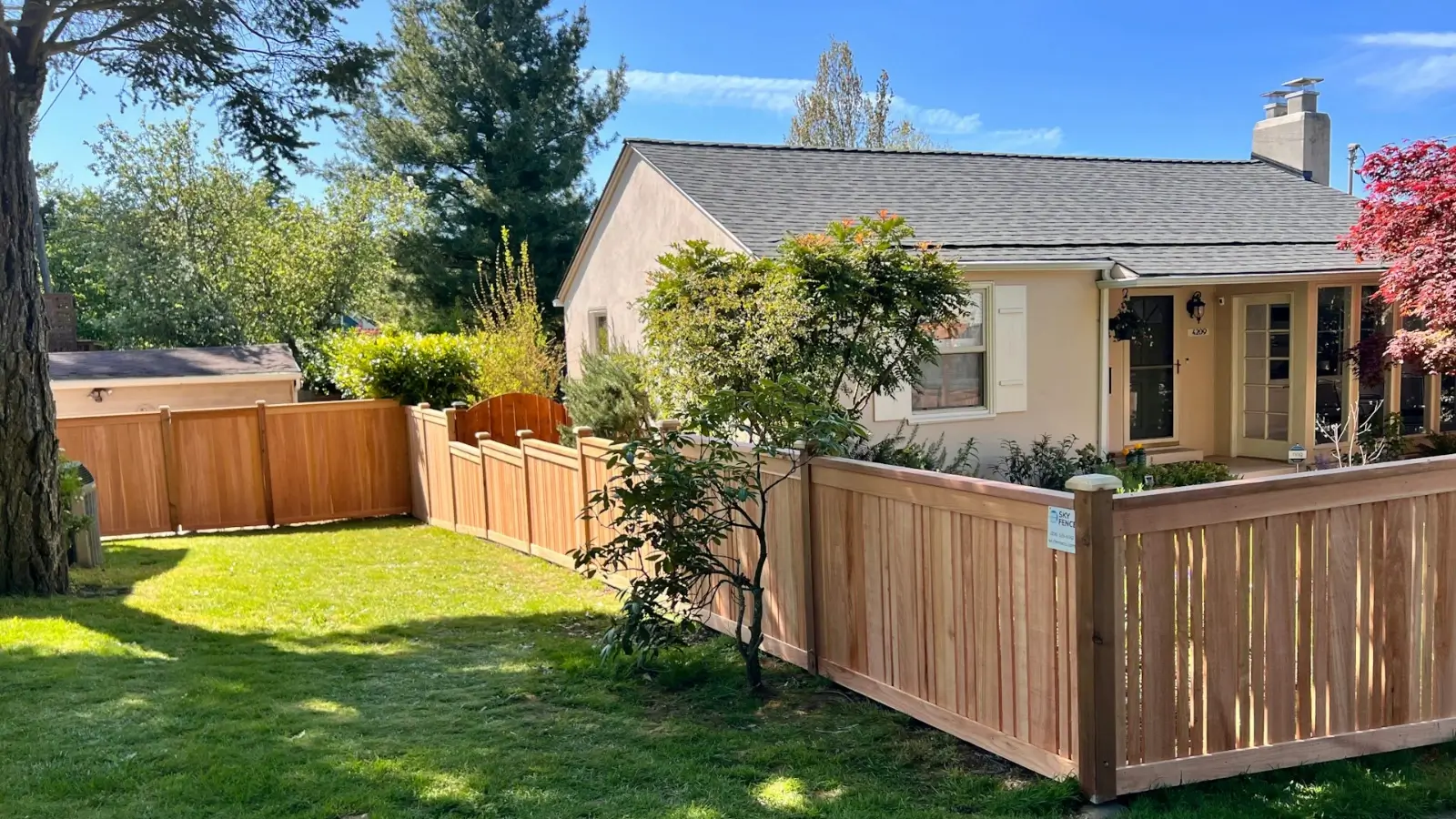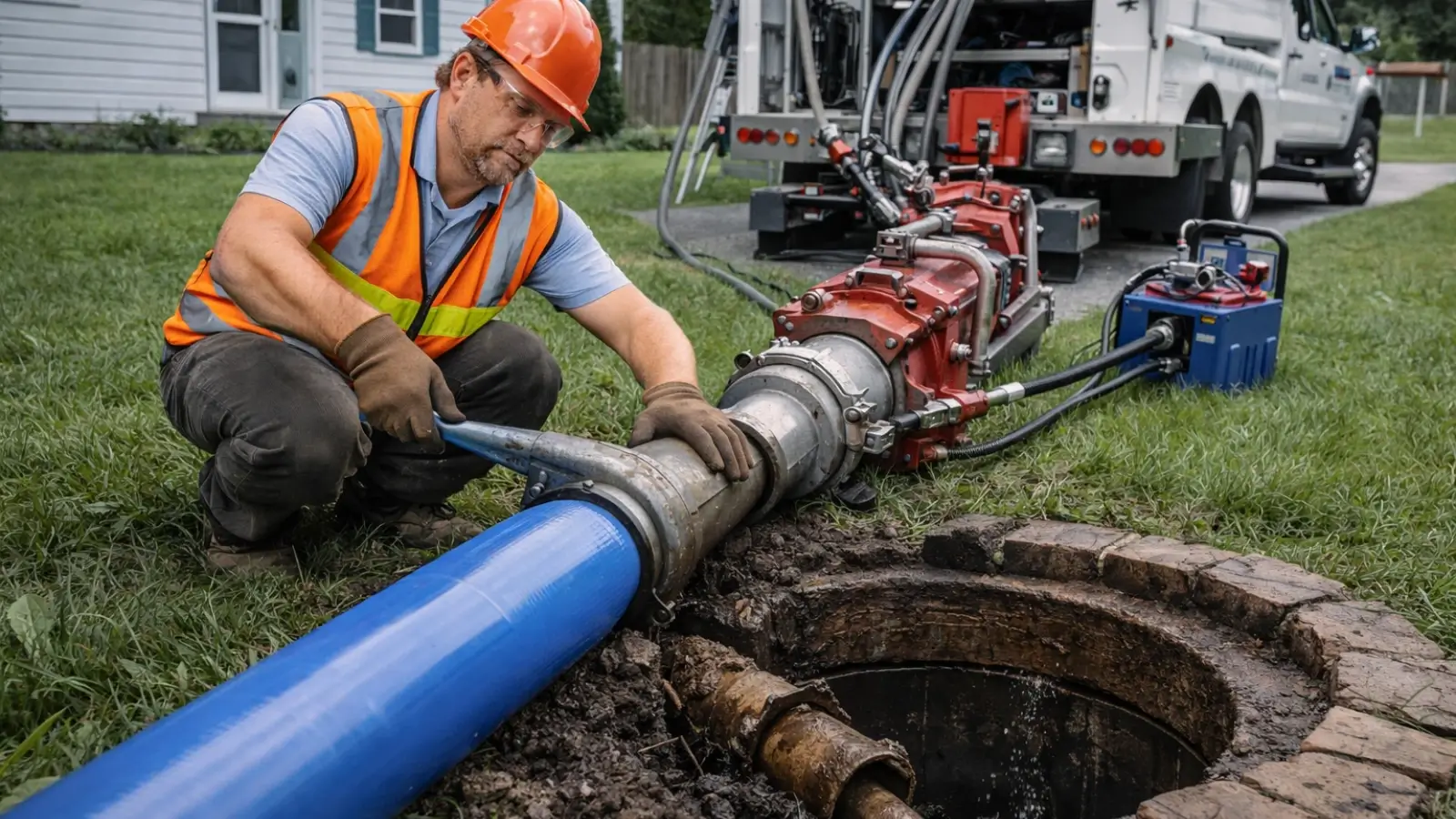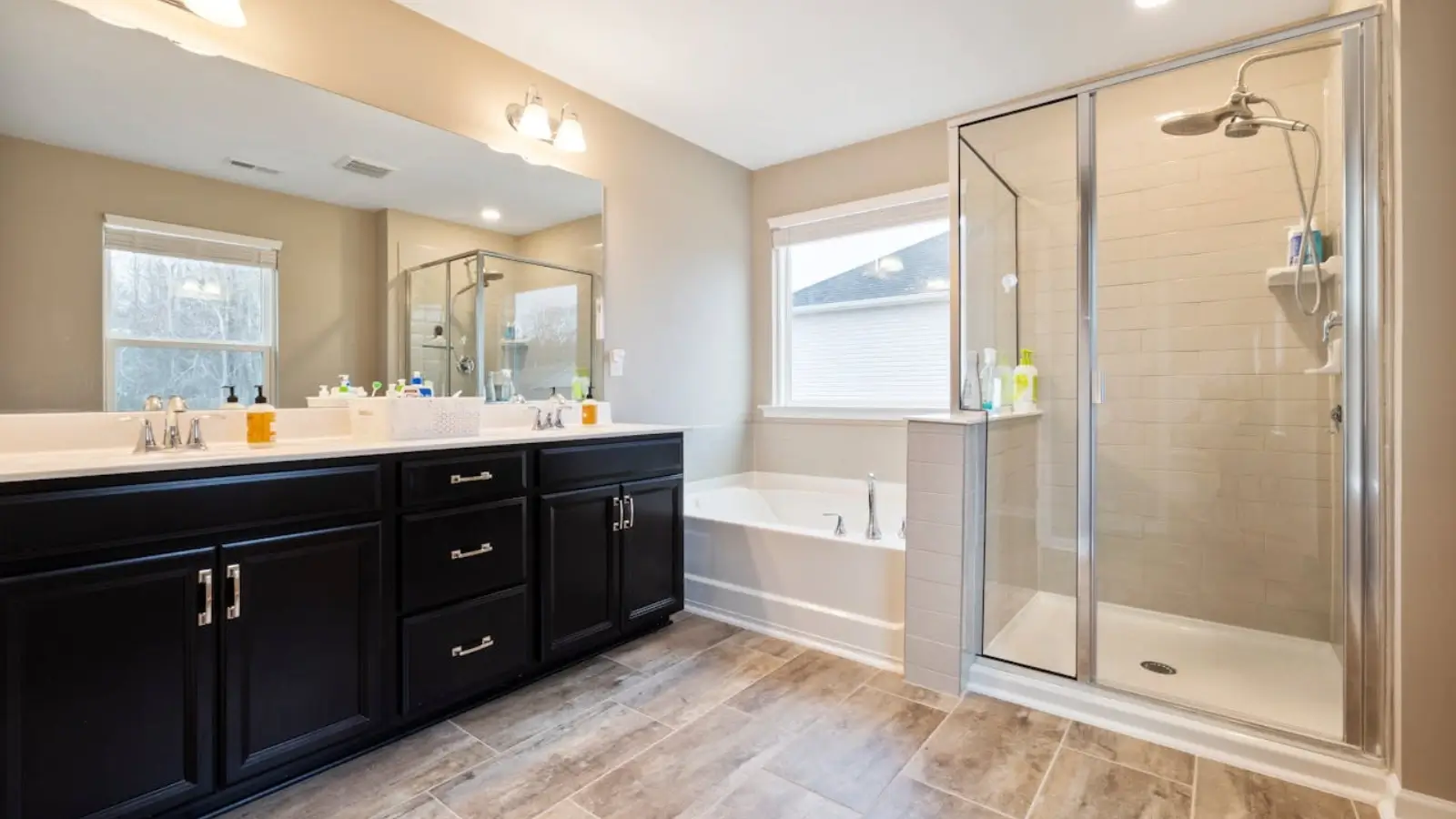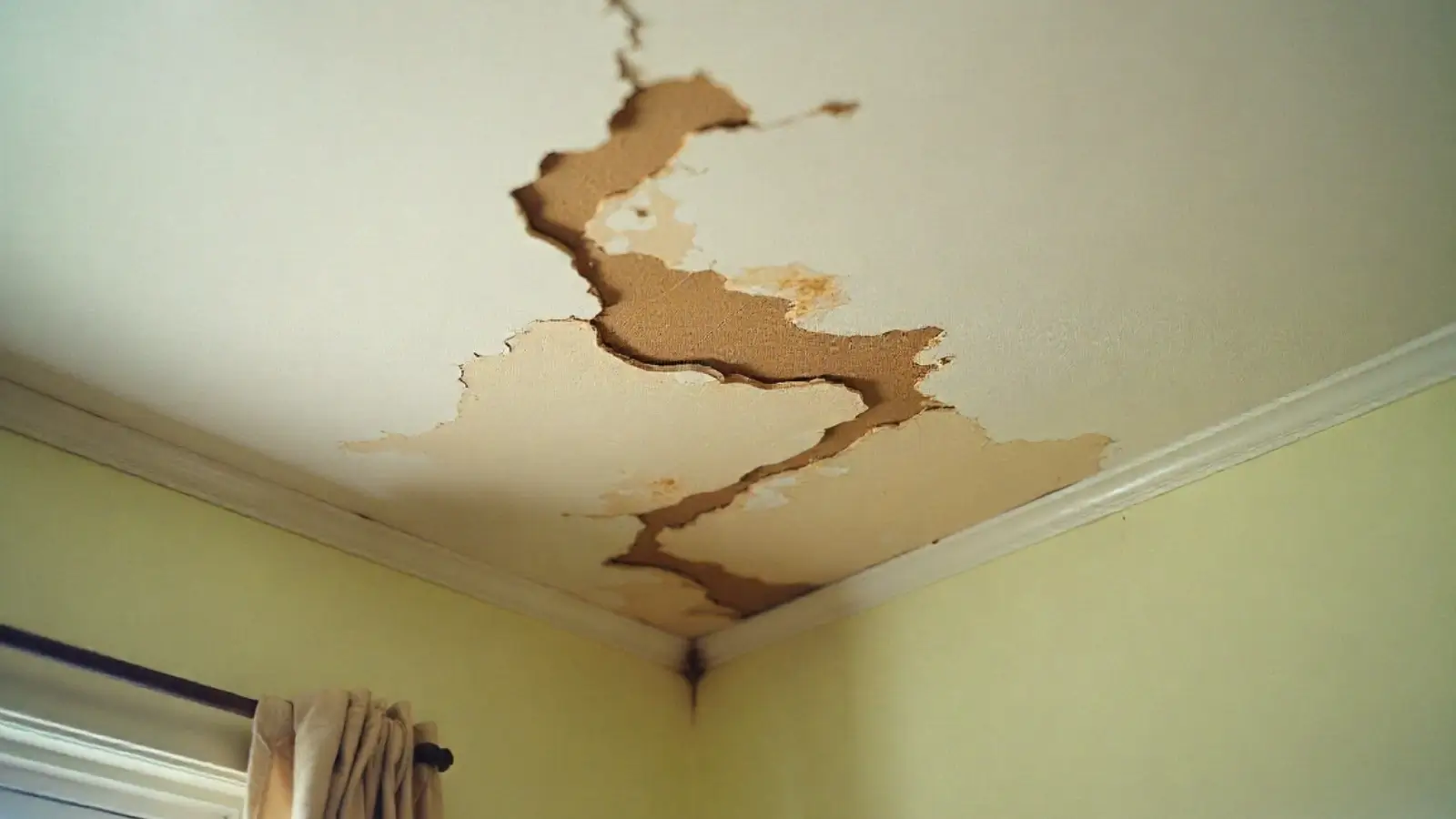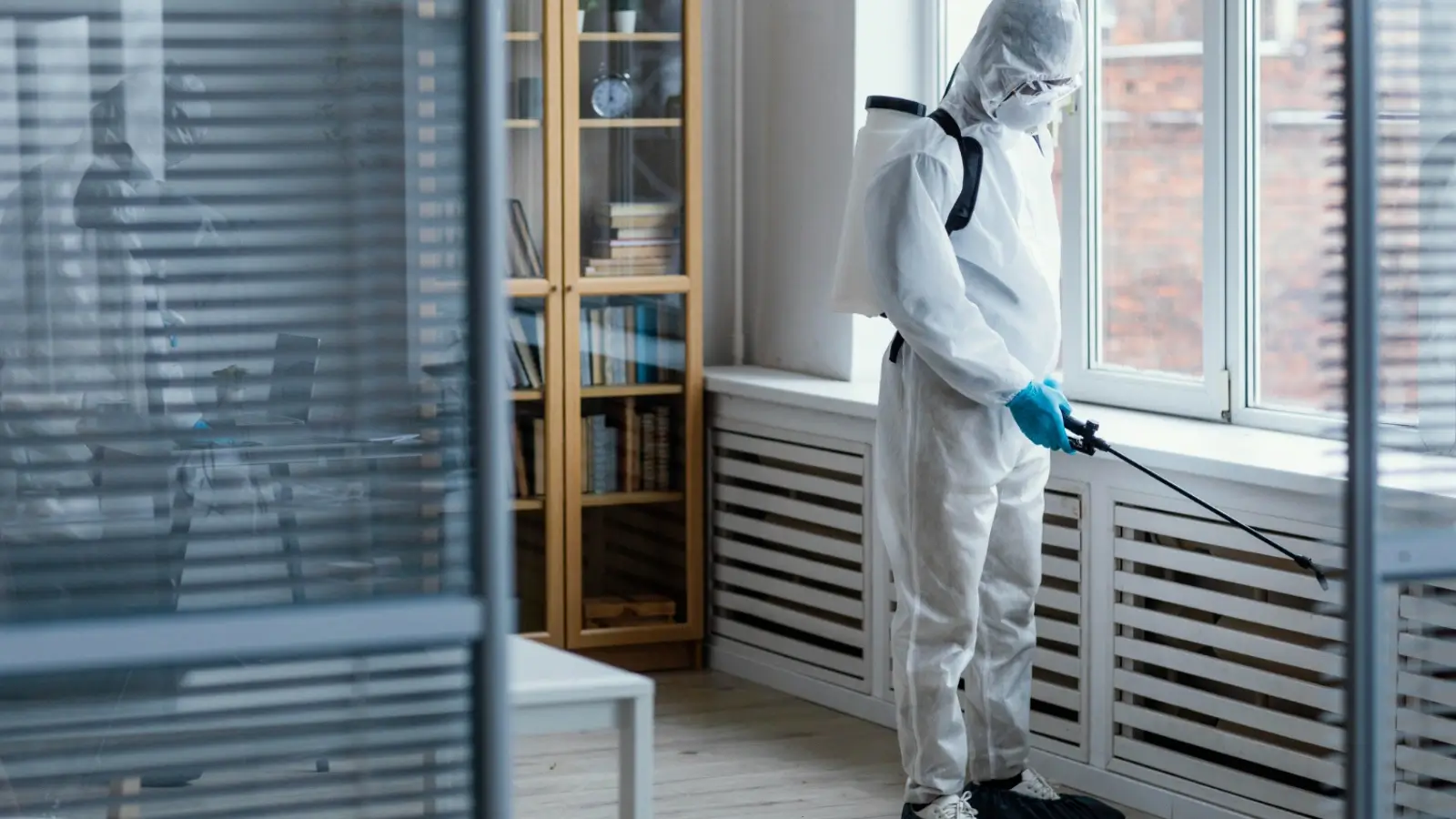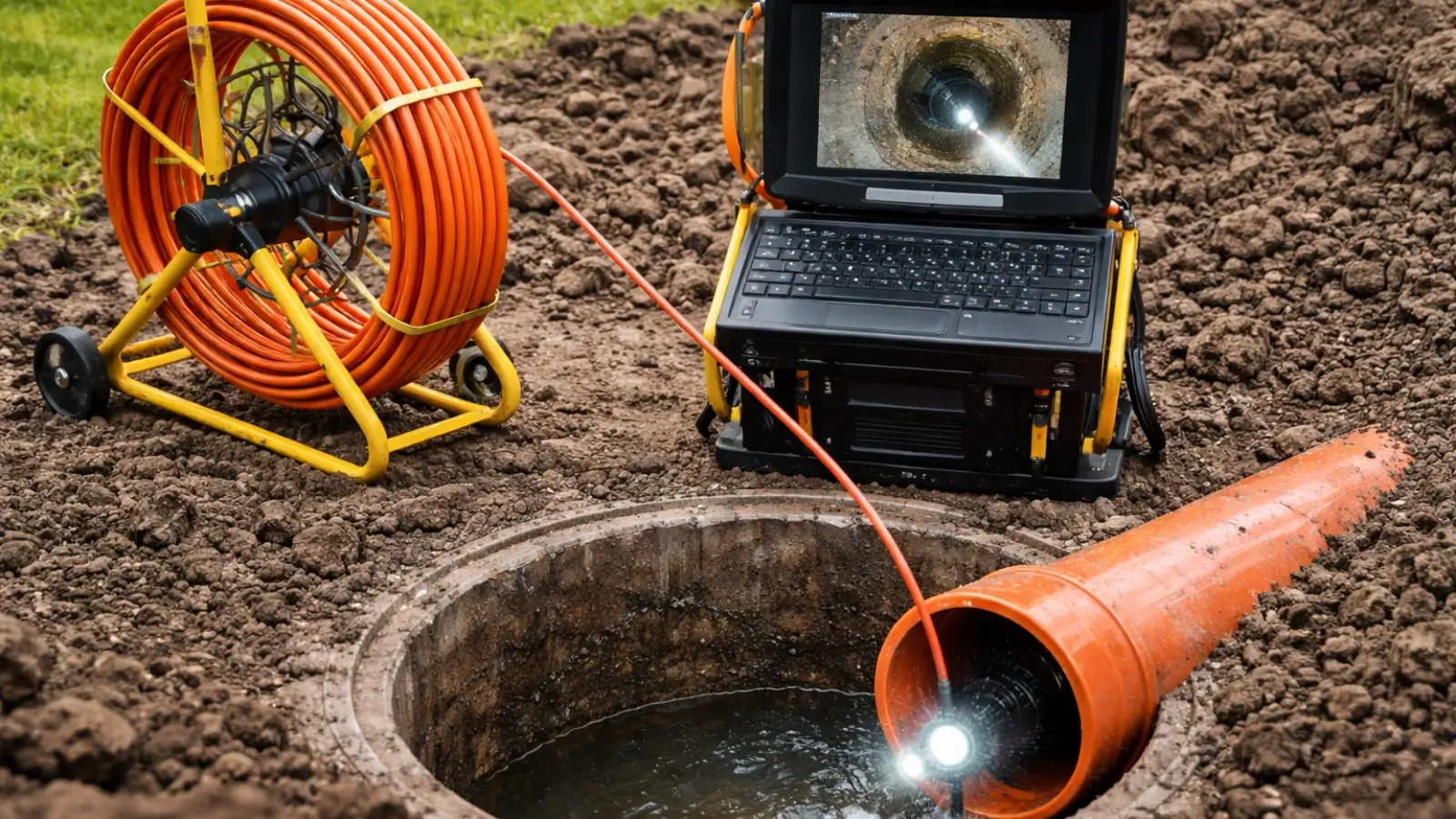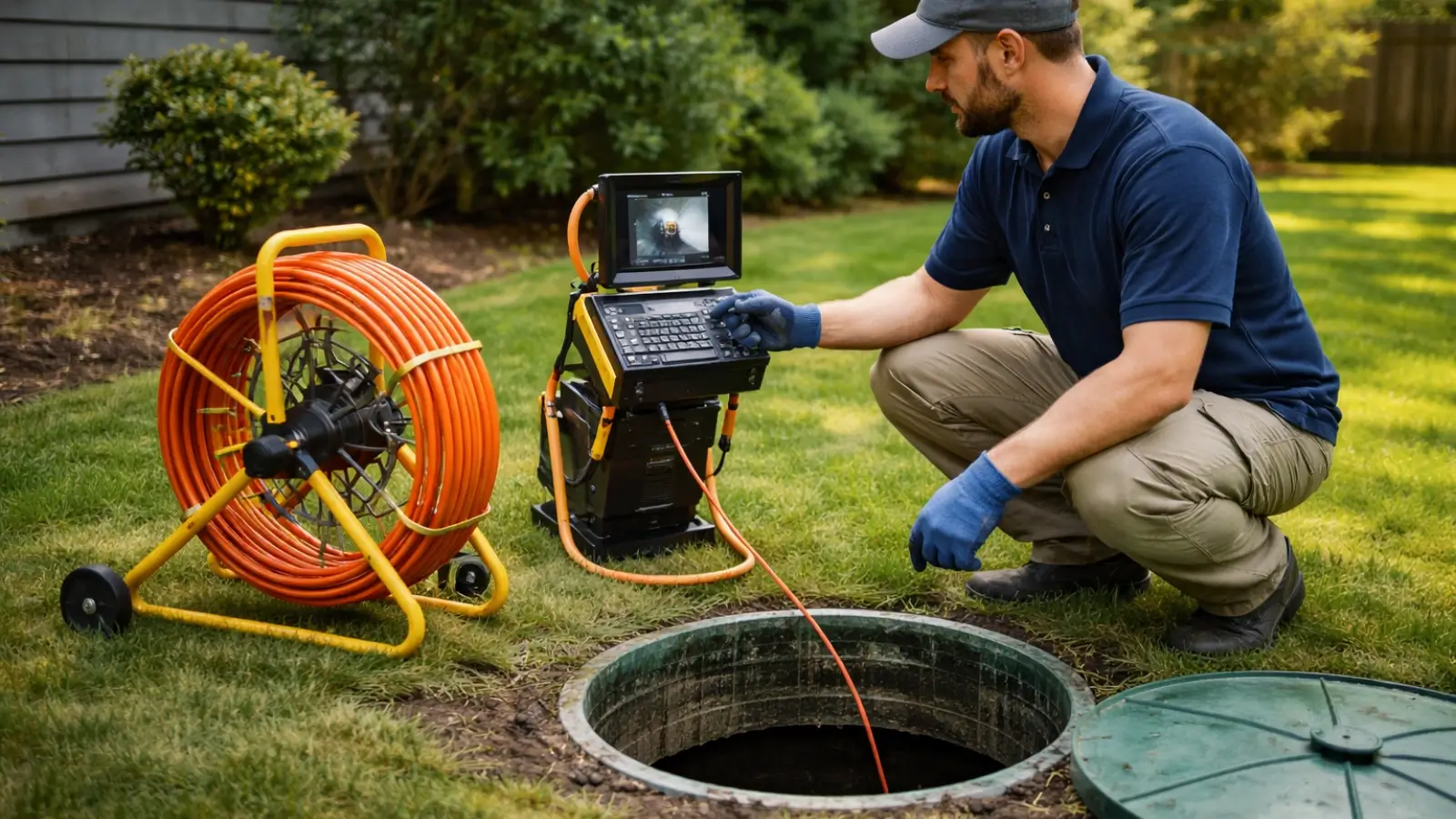Cedar fences are a Kansas favorite. They are strong, beautiful and last longer than many other woods. Not only do they add charm to your yard, but they also provide privacy and safety to your home. Over time, cedar has become a trusted material because it naturally resists rot, insects and weather damage. It can handle Kansas's hot summers, cold winters and everything in between.
Whether in a quiet suburb or a busy neighborhood, a cedar fence fits anywhere. It's easy to see why so many families choose cedar – it's durable, low maintenance and looks great year after year. Installing a cedar fence may seem like a big project, but it's easy with the right guidance and a plan.
This article will explore why you should choose cedar, how to plan, what materials you'll need, how to install the fence and how to keep it looking great.
1. Why Choose Cedar Fencing?
Cedar grows everywhere, and Kansas is no exception. So it's a smart and reliable choice for homeowners all over the state. Unlike many other types of wood, cedar is naturally decay, moisture and insect-resistant, which is great for all areas of Kansas, especially Overland Park, where the weather can change instantly.
Cedar won't warp or crack easily, even in the hot summers or freezing winters, so your fence stays solid and strong all year. What also makes cedar stand out is its beautiful natural look. It adds warmth and charm to any yard, whether your home is modern or traditional. Cedar blends in with the Kansas landscape, including Overland Park and adds value to your property.
However, when installing cedar fences, always work with a top fence company Overland Park, Kansas, as you'll get expert advice on the right style, proper installation, and tips to make your fence last for years.
2. Planning Your Cedar Fence
Good planning makes installation easier, smoother and more successful. It starts with knowing the shape and size of your yard. Measure everything, including corners, slopes and entry points. These early steps will save you problems later on.
Once you've measured, you need to check your property lines. This ensures your fence is in the right spot and avoids disputes with neighbors. You should also contact your utility company to locate underground pipes or wires before you dig. This step will keep your project safe and damage-free.
Next, look into local building codes. Many cities in Kansas require permits or have rules on how tall a fence can be or where it can be placed. Following these rules will save you time, money and stress.
Now it's time to think about style. Do you want full privacy, a cozy cottage look or something more open and decorative? Choosing the right design will affect how your yard looks and feels. A good fence company will help you make these decisions.
3. What You Need for Cedar Fence Materials?
Choosing the right materials is key when it comes to a long-lasting cedar fence in Kansas. What you use will directly affect how long your fence lasts and looks over time. Start with cedar boards for your fence panels. These boards should be straight, smooth and have no large knots. High-quality cedar looks better and holds up better to Kansas weather.
The fence posts are just as important. These go into the ground and are the foundation of your fence. Using cedar posts will keep your fence standing and solid for years. For added strength, the bottom rails (those horizontal pieces that connect the posts) can be made of cedar or pressure-treated spruce. Both work well, but pressure-treated adds a little extra durability.
Along with wood, you'll need a few more supplies. Galvanized or stainless steel screws are best because they don't rust. You'll also need post anchors and bags of concrete to hold each post in place. These will help your fence handle wind, rain and time without falling apart. When you choose good materials from the start, you avoid wear and tear and costly repairs..
4. Installing a Cedar Fence Step by Step
Once your planning and materials are ready, it's time to build your cedar fence. Breaking it down into steps makes it easier and more manageable, even if you're a first timer.
Start by setting the fence posts. This is the base of the whole thing, so be careful with this part. Dig each hole deep enough—about one-third the height of the post—to keep it stable. For better drainage and stability, add gravel to the bottom of the hole before setting the post. Once the post is in place, pour in concrete, ensuring it's straight. Let the concrete set before moving on to the next step.
Next, attach the horizontal rails between each pair of posts. These will support the fence boards. Use weather-resistant screws to hold them in place so they don't come loose in Kansas's strong winds and weather.
Now you're ready to install the cedar boards. Start at one end and work your way across. Keep the boards evenly spaced and level as you go. Double-check with a level tool often to make sure everything is straight. This is where patience comes in—rushing will give you a crooked or uneven look.
After the boards are in place, trim any that are too long. This gives the top of your fence a clean finish. Walk along the entire fence to check for any loose screws or wobbly boards. Fix anything out of place right away..
5. How to Maintain Cedar Fences?
Cedar fences are built to last, but like anything exposed to the elements, they need a little TLC to look great. Regular maintenance keeps the fence looking good and helps it withstand Kansas's crazy weather.
Begin by cleaning your fence once a year. A bucket of warm, soapy water and a soft brush will do the trick. This removes dirt, mildew and any buildup that can harm the wood over time. After cleaning, make sure to let the fence dry completely.
When it's dry, apply a high-quality sealant or stain. Choose one that blocks UV rays to protect the cedar from fading in the Kansas sun. This also prevents the wood from turning gray and gives it a fresh, rich look.
Final Thoughts
Installing a cedar fence in Kansas can be a smart way to add beauty and value to your home. It gives you strength, style and years of quality. The key is choosing good cedar boards, planning well, and following each step.
If you'd rather have professionals handle it, a fence company in Overland Park can give you a strong, well-built fence that meets local codes. A well-built cedar fence will keep your yard private, safe and beautiful for many seasons.

